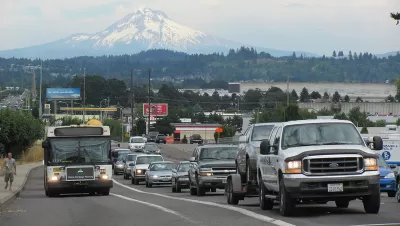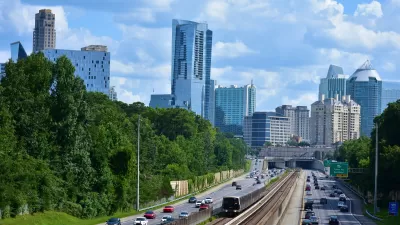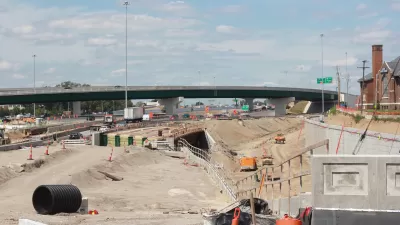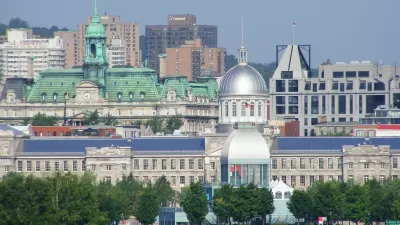The build out of mass transit and bicycle infrastructure hasn’t been the cure-all for shifting commuters from single-person autos to alternate modes of transit, as many had hoped. Maybe it's time we start looking at how to disincentivize driving.

Writing for The New Republic, Emily Badger has done the mental math, and at least for her taking mass transit makes more sense than driving to work in Washington, D.C. It's more convenient and less expensive. But in many parts of the country, driving remains the best alternative to get from here to there and will continue to be even as cities invest millions into alternate modes of transit. The problem is that there is no disincentive to driving, and the incentives to switch modes often come up short.
…relative to European cities, it is exceptionally hard in U.S. communities to implement real disincentives to driving.
There are ways to do it. We could reduce parking availability or raise parking rates. We could implement congestion pricing. We could roll back subsidies for gas and highways and public parking garages. We could tie auto-insurance rates or infrastructure taxes to how much people actually drive.
Badger notes that the imposition of disincentives would impact the poor the hardest. The solution may be a better combination of carrots and sticks, including programs like California's parking cash-out that makes not driving more attractive with a cash reward attached.
FULL STORY: America’s Cities Are Still Too Afraid to Make Driving Unappealing

Alabama: Trump Terminates Settlements for Black Communities Harmed By Raw Sewage
Trump deemed the landmark civil rights agreement “illegal DEI and environmental justice policy.”

Study: Maui’s Plan to Convert Vacation Rentals to Long-Term Housing Could Cause Nearly $1 Billion Economic Loss
The plan would reduce visitor accommodation by 25% resulting in 1,900 jobs lost.

Planetizen Federal Action Tracker
A weekly monitor of how Trump’s orders and actions are impacting planners and planning in America.

Federal Homelessness Agency Places Entire Staff on Leave
The U.S. Interagency Council on Homelessness is the only federal agency dedicated to preventing and ending homelessness.

Restoring Northern India’s Himalayan ‘Water Temples’
Thousands of centuries-old buildings protect the region’s natural springs and serve as community wells and gathering places.

Milwaukee to Double Bike Share Stations
Bublr Bikes, one of the nation’s most successful, will add 500 new e-bikes to its system.
Urban Design for Planners 1: Software Tools
This six-course series explores essential urban design concepts using open source software and equips planners with the tools they need to participate fully in the urban design process.
Planning for Universal Design
Learn the tools for implementing Universal Design in planning regulations.
Caltrans
Smith Gee Studio
Institute for Housing and Urban Development Studies (IHS)
City of Grandview
Harvard GSD Executive Education
Toledo-Lucas County Plan Commissions
Salt Lake City
NYU Wagner Graduate School of Public Service





























